Cantonese Steamed White Sugar Cake
Steamed "white sugar" cake or "bak tong gou" is a pretty well-known item in Chinese bakeries. It's what I would always request as a kid when my parents would go to Chinatown for groceries on Saturday mornings. We would always stop by the Chinese bakery to pick up bak tong gou and a host of other breads and pastries before heading home. Texturally, it's sort of this "jello meets sponge cake" cake that is slightly sweet and also slightly tangy. It's not overly sugary and has this nice, delicate balance of flavors that is really quite enjoyable.
I've never tried making bak tong gou before, but was always curious about how the whole "steaming a cake" would work. To my surprise, the process of making the cake itself was something I had never seen before. First, you cook the ingredients together in a pot before letting the mixture cool and adding in the yeast. What's interesting is I had never used yeast with rice flour before, so for sure the results would be different. Then you wait for the yeast to ferment and the cake is ready for steaming.
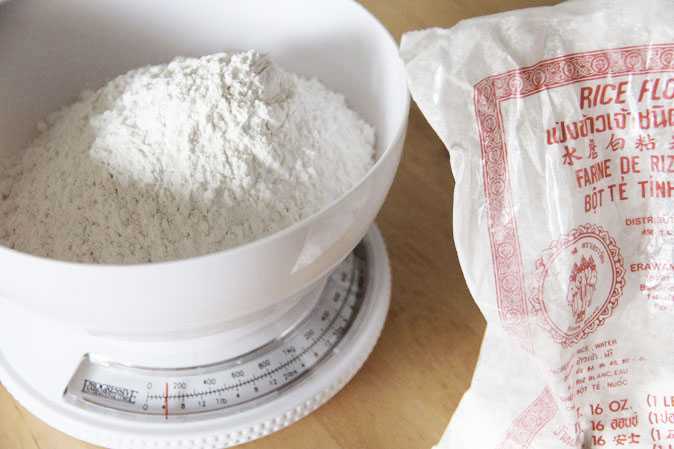
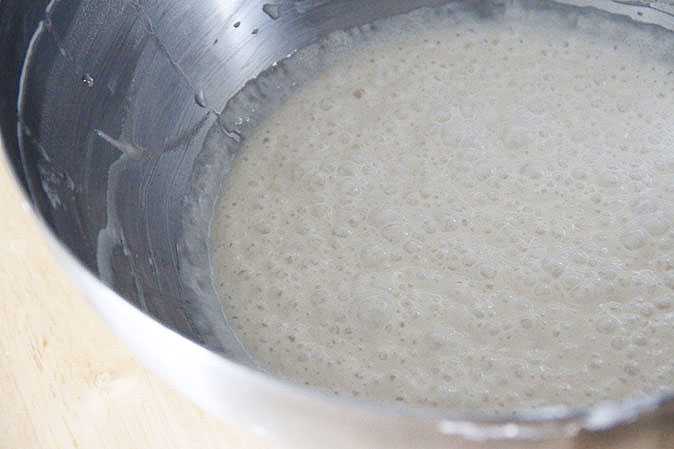
I think the novelty alone should make people want to try the recipe. But as it turns out, the cake is also super simple to make - requiring only about 3 or 4 ingredients. The technique isn't too hard either, but there are certain things to make note of if you're aiming for that perfect gelatinous, pillow-y sponge cake consistency with just the right amount of sweetness and tartness.
First, let the cake ferment. The longer the fermentation, the more tangy the cake will be and because the cake is only flavored by sugar, you want there to be some tartness to the flavor. I found that five to six hours was the perfect amount of time. Second, make sure there are no lumps to the batter before you start cooking it. That means making sure that you are using cool water with the rice flour and whisking until there are no lumps before you begin.
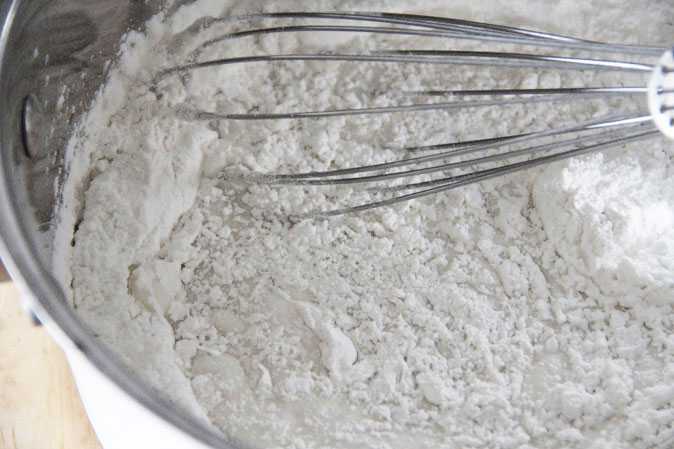
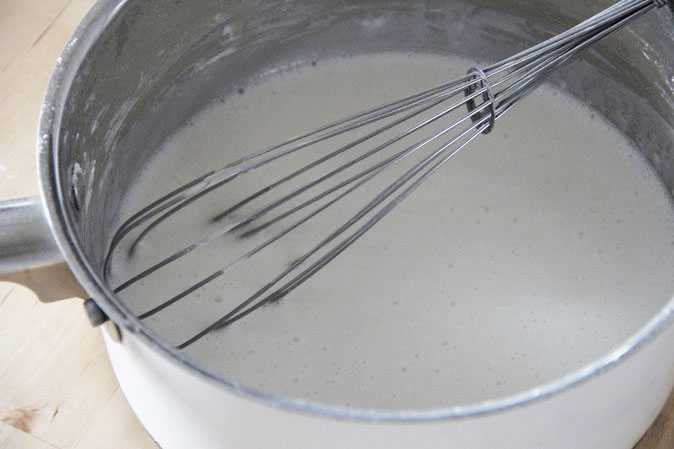
When it comes to cooking the batter, I want to note that there are some recipes that don't call for this. Uncooked batter is much thinner, and I find that sometimes, the cake does not look as airy because it may be easier for the bubbles to escape while cooking.
That being said, for a cooked batter, it can clump up very quickly if you aren't constantly whisking and making note of the edges of the pot. You are never putting the batter over more than medium heat, so it should never boil. Rather, you are cooking it on a gentle, low heat so that the mixture will slightly thicken. I don't want to overcomplicate this because it's not like cooking pastry cream where a whole slew of problems can show up. You just want this batter to thicken ever so slightly.
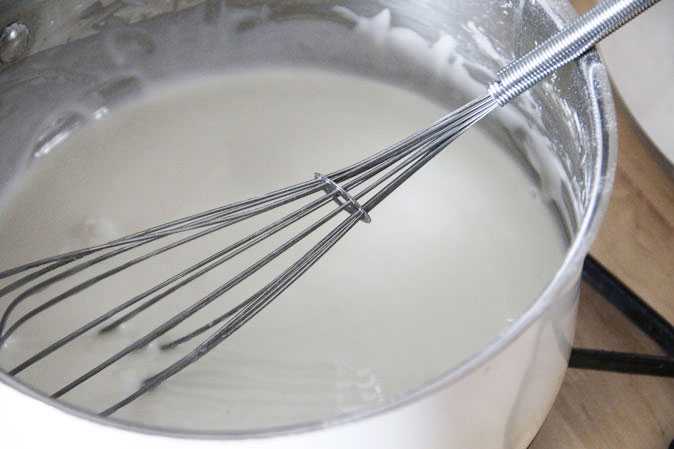
The technique of pulling the pot off the stove if you see the mixture thicken too quickly, whisking quickly to cool it down and then putting it back on the stove is invaluable. If you have a powerful stove, I would say to err on the side of having your heat be too low. Like I said before, some recipes don't even require cooking the batter, so if your batter is slightly thicker than when you started, mission is accomplished.
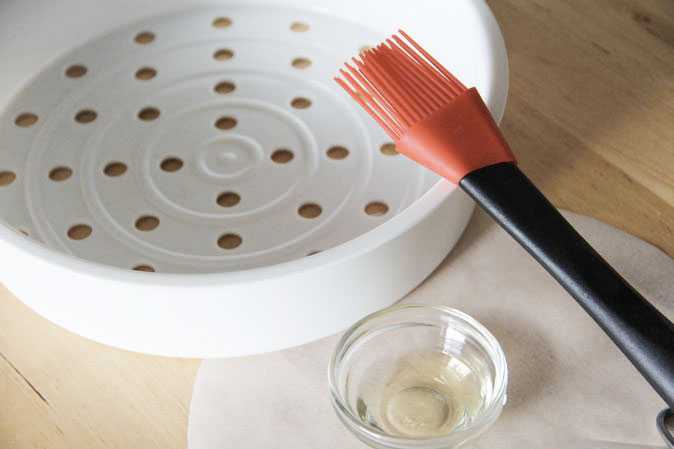
Lastly, if you have a bamboo steamer or one of those steamer attachments with your rice cooker, line it with parchment and use it. Because this batter is thicker, you want to make sure heat and steam come in direct contact with the batter, so that it will bubble up and create a fluffier product. Some of the uncooked batter recipes steam the cake in cake pans, which works as well, but you are not going to get nearly as many air pockets in your cake.
Lastly, I actually researched quite a bit of recipes for this cake and settled on a recipe by a blogger, Wantanmien. For those interested in authentic Cantonese recipes, check her out on YouTube. While the videos aren't too flashy (she speaks in Cantonese, but provides subtitles), they are delicious and very authentic.
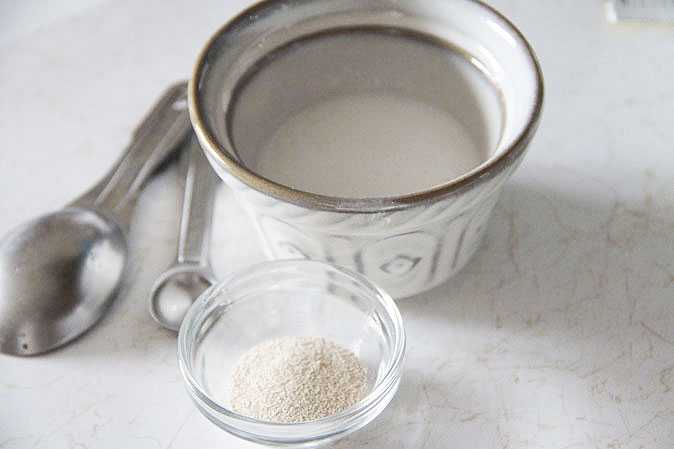

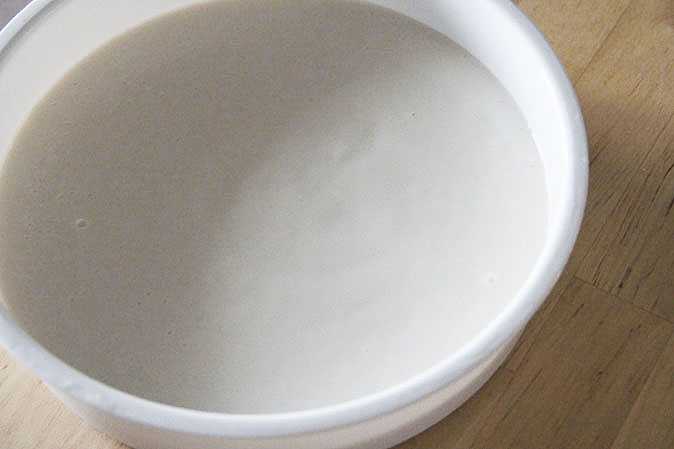
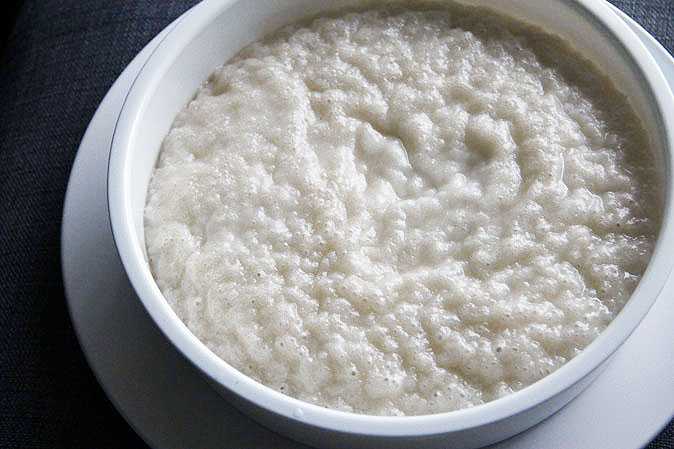
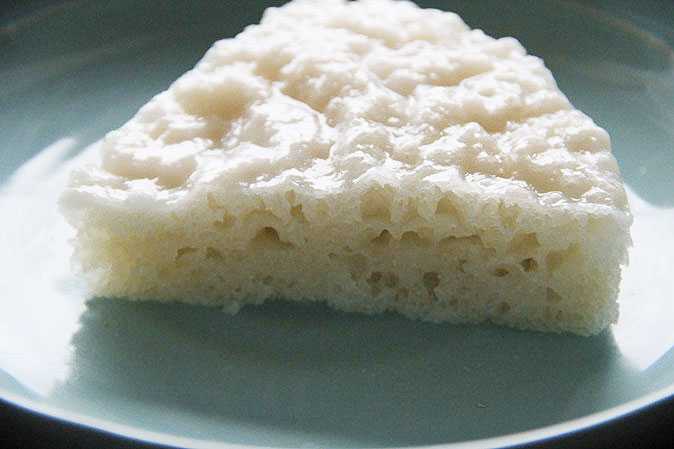
(4-6 servings)
- 1/2 cup rice flour
- 1/3 cup white sugar (can sub 4 teaspoons with 2 packets stevia)
- 1 cup water
- 3/4 teaspoon dry active yeast
- 2 tablespoons of warm water (or coconut milk)
Directions
- Mix yeast with warm water or coconut milk if desired, and let sit for 10 minutes.
- In a pot, whisk together water, sugar and rice flour until there are no lumps.
- Whisking constantly, cook batter over medium heat for 2 minutes.
- Turn heat down about half way, and cook batter for an additional 4 minutes, still whisking constantly.
- Turn heat to lowest setting, and cook for 1 minute.
- Finally, turn the heat off, and whisk for 4 minutes.
- Strain batter into a bowl.
- Pour yeast mixture into batter and stir until combined.
- Cover batter and let sit in a warm area for at least 6 hours until mixture bubbles.
- After 6 hours, pour mixture into a steamer basket lined with greased parchment.
- Steam on high for 20 minutes. Let cool and cut into 6 pieces for serving.